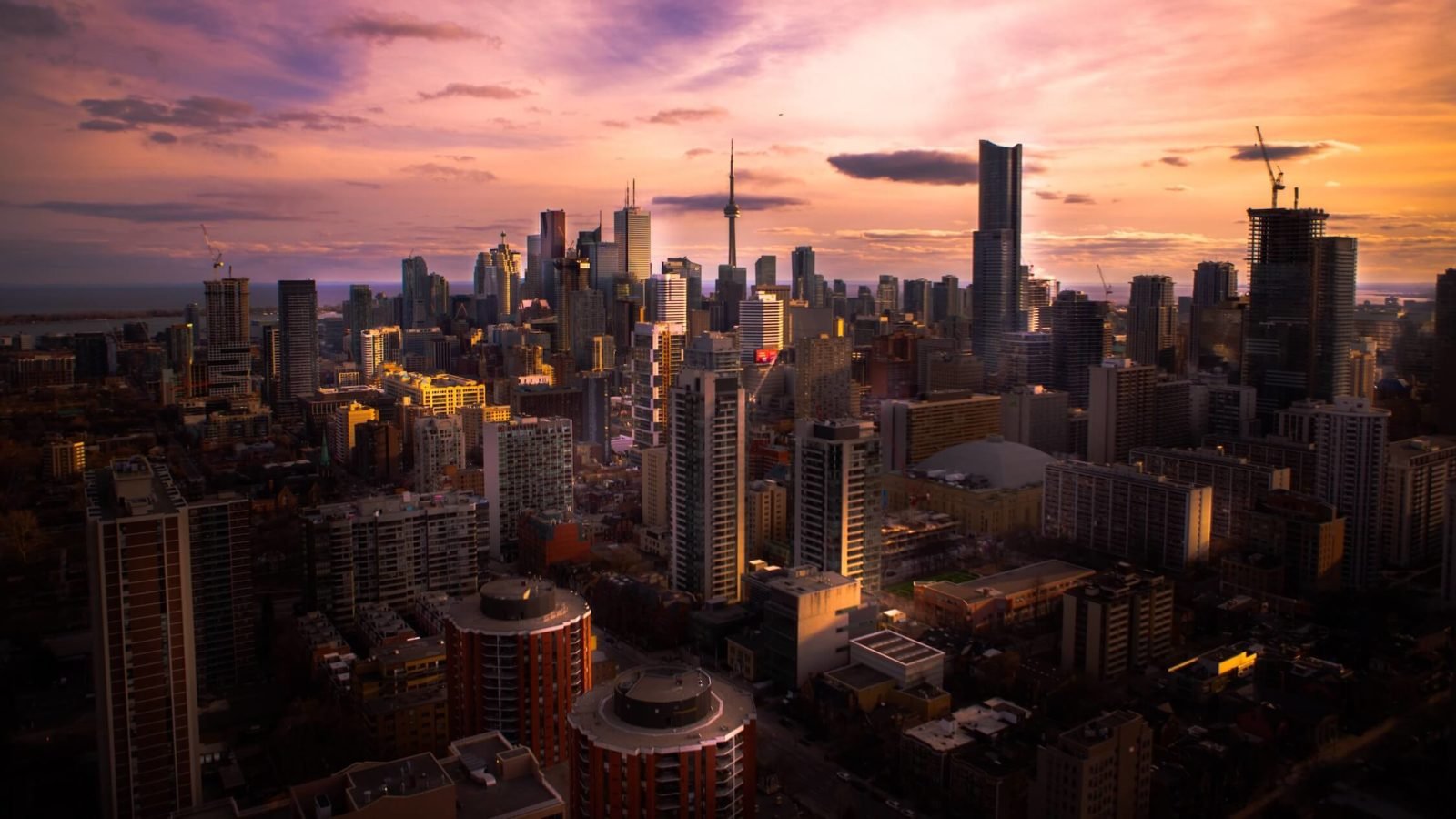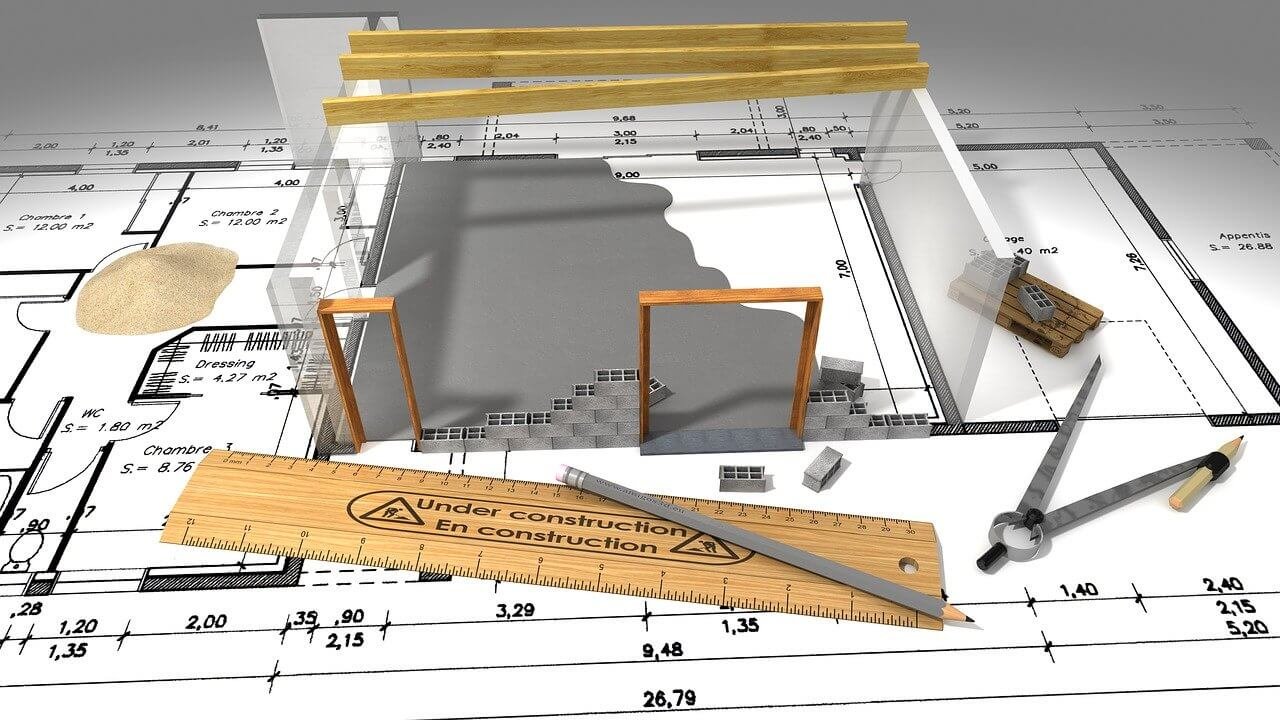Urban areas are right at the front of public health emergency as the world is hit by novel coronavirus disease (COVID-19) pandemic. The long-term effects of coronavirus on the cities are yet to be predicted, but one thing is certain, cities won’t die. Epidemics and pandemics have been hugely influential in shaping our cities, history shows. Cities regardless of crisis-they, endure, adapt and grow.
Imagine, it’s a typical day, people travelling to the office with different modes of transport, meeting at various places with friends, having food at restaurants, but now everything is changed and lost. Will restaurants survive, and jobs flourish? How will urban life look now? Will people travel in crowded subways and streets? Do we now need office spaces when everyone is on Zoom & Cloud servers? Come to think about it, the idea of living such, itself seems to take a toll on our lives.
Cities thrive for the opportunities for work and play, and on an endless variety of available goods and services. If fear of disease become the new normal, cities can be in for a bland and antiseptic future or even a dystopian one. The world will definitely find ways to adjust, as they always have in the past, and their most significant era still lies before them.

More than half the world’s population lives in cities, transportation business and movement with the potential to amplify pandemic risk. Cities with a higher density of urban poor and deep inequalities are potentially more vulnerable than those with better resources and more equal. When it comes to infectious diseases outbreak, cities are dual-edged. Roughly 4 billion people live in cities and more than half of the world’s population and around 600 cities generate two-thirds of global GDP.
It’s not just ‘global and metro cities’ at risk of SARS, H1N1 or COVID-19, but also secondary cities and other urban hubs. The viral outbreaks are frequently incubated and transmitted via peri-urban communities into the downtown areas. It is not just cities, but also their local and global travel networks, airports, supply chains that are the sources of contagion.
So what is urbanity and why does it matter?
Urban spaces are where communities come together and urban planners and designers strive to generate a sense of belonging that makes people choose cities or even a city itself. Urbanity here refers to the public life that happens as a result of exchanges and interactions. The risks of COVID-19 transmissions have strengthened anti-density discourses and it permits human interactions and connections we need- which is now missing.
Once COVID-19 is of less threat we crave for the normality of going back to our old lifestyles and the role of urban planners and designers creates a background for public life to happen in social and healthy ways.
Cities are a part of the Solution:
Cities play an essential role in preparing mitigating and adapting to epidemics and pandemics, and the preparedness of towns varies around the world. The level of development and socio-economic determinants of their populations play a significant role. Cities with a high concentration of urban poor and deep inequalities are more vulnerable than those that are better resourced, scarcely crowded.
Cities that are open, transparent, collaborative and adopt comprehensive responses are better equipped to manage pandemics than those that are not. Taipei and Singapore have applied lessons from the past pandemics and had the investigative capacities, health systems and the right kind of leadership in place to rapidly take decisions. They were able to flatten the pandemic curve through early detection by keeping their health systems from becoming quickly overwhelmed.

The pandemic prevention-functioning surveillance systems, healthcare providers and health infrastructure are necessary but insufficient to ensure an effective pandemic response. A lack of governance, poor planning and decentralized health care systems undermines pandemic response, by generating confusion, fear and costs.
Engagements are essential to get it right:
Redesigning our urban spaces to reassure users their safety and provide community choice is not a straightforward process. Designs shall acknowledge community diversity and optimise microclimate for different locations of urban retreat spaces. People need choice in their urban spaces to feel secure and be safe.
Great cities will survive the coronavirus. Some aspects of our cities and metropolitan areas will be reshaped, depending on how long the current pandemic lasts. We have a long and reactive, piecemeal approach to urban design and development. The current crisis presents an opportunity to establish safe, resilient and healthy urban spaces. Thus, requires meaningful engagement across communities, designers, architects and decision-makers now, for COVID-19 sets in and we go back to normal.
As coronavirus is transforming city life, cites are already facing chronic revenue shortfalls and budget deficits before the pandemic. The pandemic has exposed the quality of governance and scale of inequalities in our global cities. We shall come forward and take this opportunity to build better as the cities will not just recover but provide more significant opportunities than they did before.



